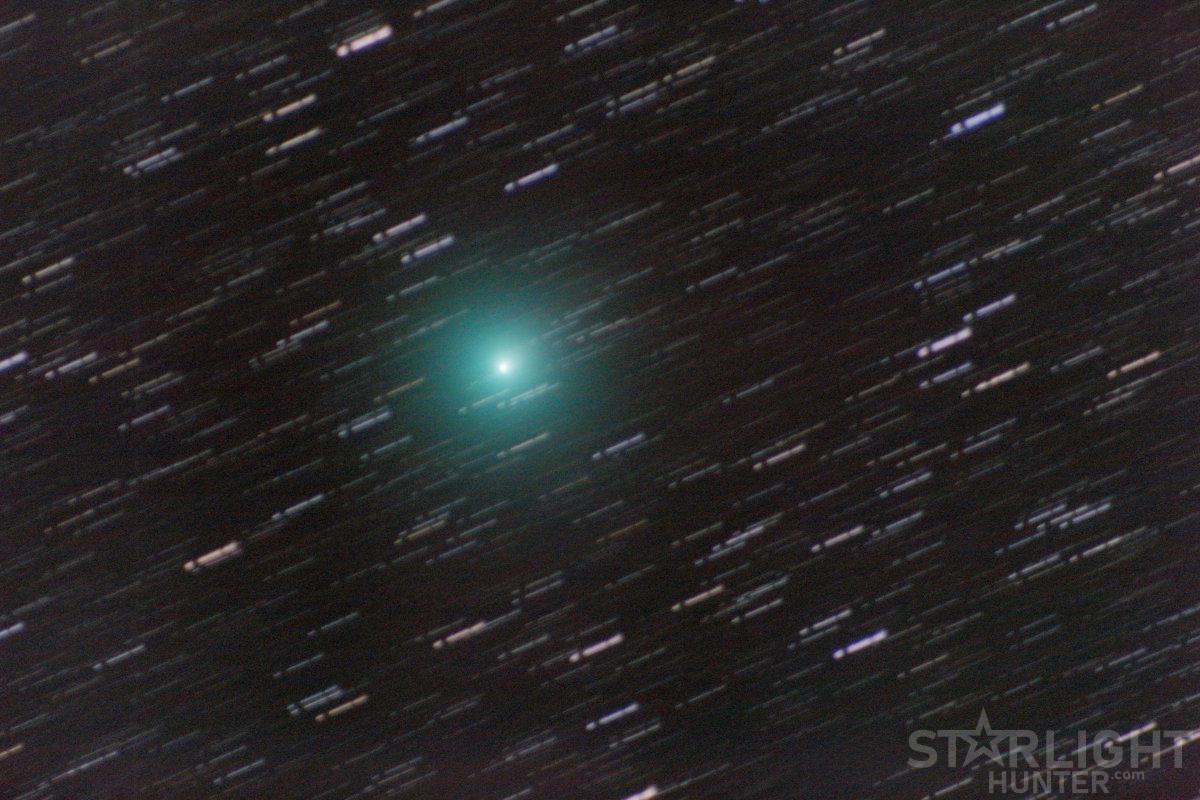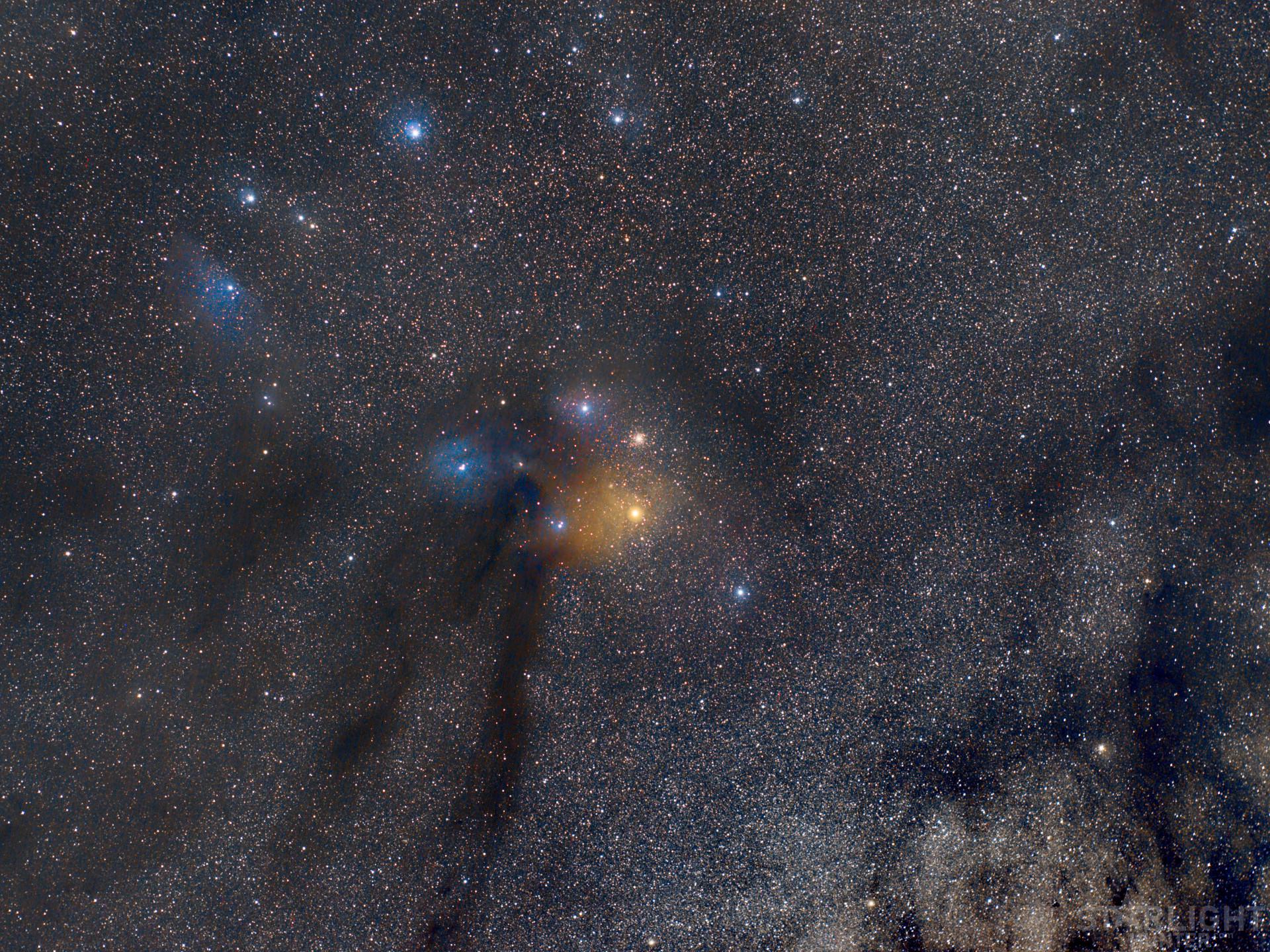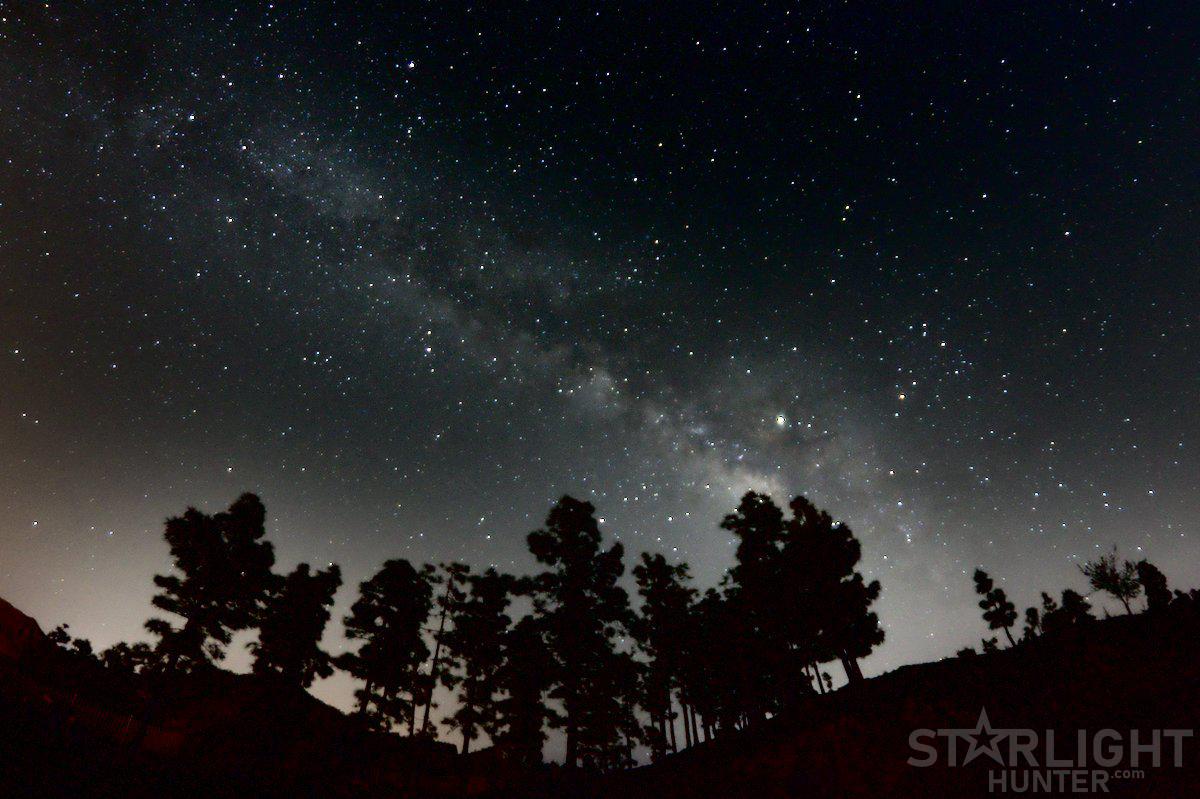Lenses for astrophotography

In this article I explain my experience with the different lenses and objectives for astrophotography that I have acquired and used, and what we should look for when acquiring the best objectives for astrophotography.
But before we get to talking about objectives and lenses for astrophotography, I would like to do a basic review of the common parameters that allow us to “measure” what optical devices are capable of in general.
Aperture
The aperture of a lens or telescope tells us how much light it is capable of capturing. The larger the aperture, the more light will enter the camera and the more information we will obtain from the scene we are capturing.
Nightscapes are one of the darkest scenes that we are going to want to capture, and the aperture parameter is essential for both lenses and telescopes to take astrophotography and obtain the best possible results.
Focal length
The focal length tells us the magnification capacity of an objective or telescope. The longer the focal length, the larger we can see the objects in our camera. In the case of lenses, some allow you to vary the focal length, and are called zoom lenses.
Another important issue when we have a larger focal length is that a movement of less than one degree in any direction can mean an abysmal distance in the sky. This implies that a long focal length will not allow us to take a photo of many seconds of exposure without using something that tracks the sky, because the sky moves (the earth rotates and our perception is that the sky moves above us), and our field of view is so small that everything passes very quickly from one side of it to the other.
There is a very widespread misnamed "rule" called the rule of 500. If we divide 500 by the focal length of our lens, we will obtain the approximate number of seconds that we can expose without the movement of the sky becoming evident. This means that a 50mm lens would allow exposures of 10 seconds. This is usually not enough time to capture many details, no matter how bright the lens is.
Focal ratio
The focal ratio is defined as the division of the focal length by the aperture. This will give us a standard value for how bright a lens or telescope is. The number works in reverse. In other words, the lower the value, the brighter the lens is and therefore the less exposure time we need.
This is explained as follows:
- The larger the aperture, the more photons we can capture by the objective
- The larger the focal, the larger the objects are, so those photons that enter have to be distributed over a larger surface area. That is, it affects brightness negatively.
Example: A lens has a focal length of 50mm and a focal ratio of f1.8. Another lens has a shorter focal length (24mm), but nevertheless its focal ratio is larger: f3.5. The 50mm lens is much brighter than the 24mm lens depending on its focal ratio. This means that the 50mm lens must have a larger aperture than the 24mm lens for the focal ratio calculations to match.
In photography the f-number is used as a synonym for the aperture value of the lens, but it really indicates only the focal ratio. In addition, in the case of photographic lenses, this value is usually adjustable from the minimum specified by the lens to values of f22 and even higher since they have an adjustable aperture that allows you to modify their aperture arbitrarily.
Adjusting the aperture is very useful for daytime photography as you can control things like background blur (depth of field), but in astrophotography we want to have the aperture as open as possible.
Distortions, aberrations, coma, vignetting, reflections, etc.
With those names they could well be demons from hell, and the truth is that they are quite annoying and we will want to avoid them at all costs.
Optical devices are not perfect. The lenses deflect the light, distorting it and managing it to project it as we wish on the camera sensor, enlarging or reducing the image. And that ability to control the light also has a series of disadvantages that can give us problems.
One of them is distortion. When we change the direction of a ray of light, we are changing the shape of the image. No lens is totally perfect, and usually around their edges they tend to create a distortion effect that causes the image to stretch at the edges.
If we photograph the night sky with a lens that distorts the image a lot, we will see that the stars at the edges of the image are not circles but ovals that stretch radially around the edge of the photo. This is called a coma.
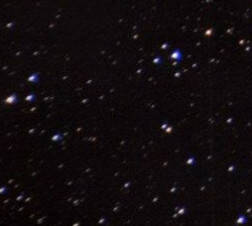
There is also the issue that lenses can project the image lighter in the center, and slightly darker at the edges. This is called vignetting.
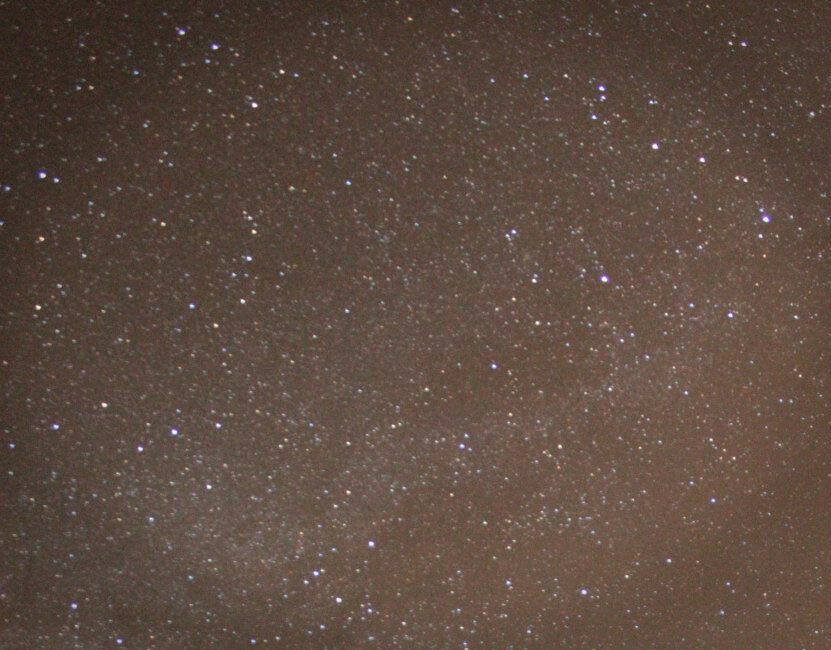
Another problem is that when light changes medium, the wavelengths that make it up tend to separate. It is the effect that makes a rainbow appear when the sun passes through millions of tiny drops of water, or when we pass light through a prism, and it is called refraction.
The same thing happens with lenses, and colored spots tend to be created around the normally brightest areas of the image.
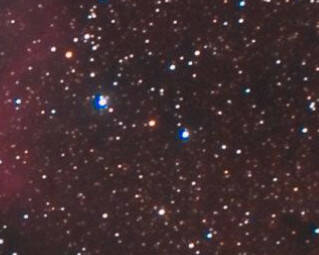
Reflections are usually another serious problem for a lens. Usually the lenses are coated with several layers of anti-reflective treatment. This is very important, as reflections from a lens can distort or blur the image.
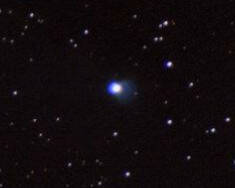
That said, all lenses don't have the same flaws. Some suffer from some, more than others ... The point is that there are ways to avoid these problems in some cases, and in others we simply have to look at them before buying a lens to avoid unpleasant surprises.
And how do I apply all this to real life?
Well, in this case I am going to tell how I was applying it, and the conclusions I drew. But in general it all comes down to getting a lens with the focal length that is needed for each thing / case, with the best possible focal ratio and the fewest possible defects. And all that, that has an affordable price.
Not all objects in the sky are the same size or brightness. This implies that photographing Jupiter, which shines in the sky as one of the brightest stars, is not the same as photographing a very faint nebula that cannot be seen with the naked eye.
Also, for Jupiter a lot of magnification is necessary, since Jupiter is a little point in the sky. However, there are very wide nebulae that with a simple telephoto lens it is possible to see them at a reasonable size.
My first lenses and lenses for astrophotography
Of course, my first lens was the one that came with the camera as standard. A Canon EF-S lens with a variable focal zoom between 18 and 55mm, 58mm aperture and a minimum focal ratio that varies between f3.5 and f5.6 depending on the focal length we choose.
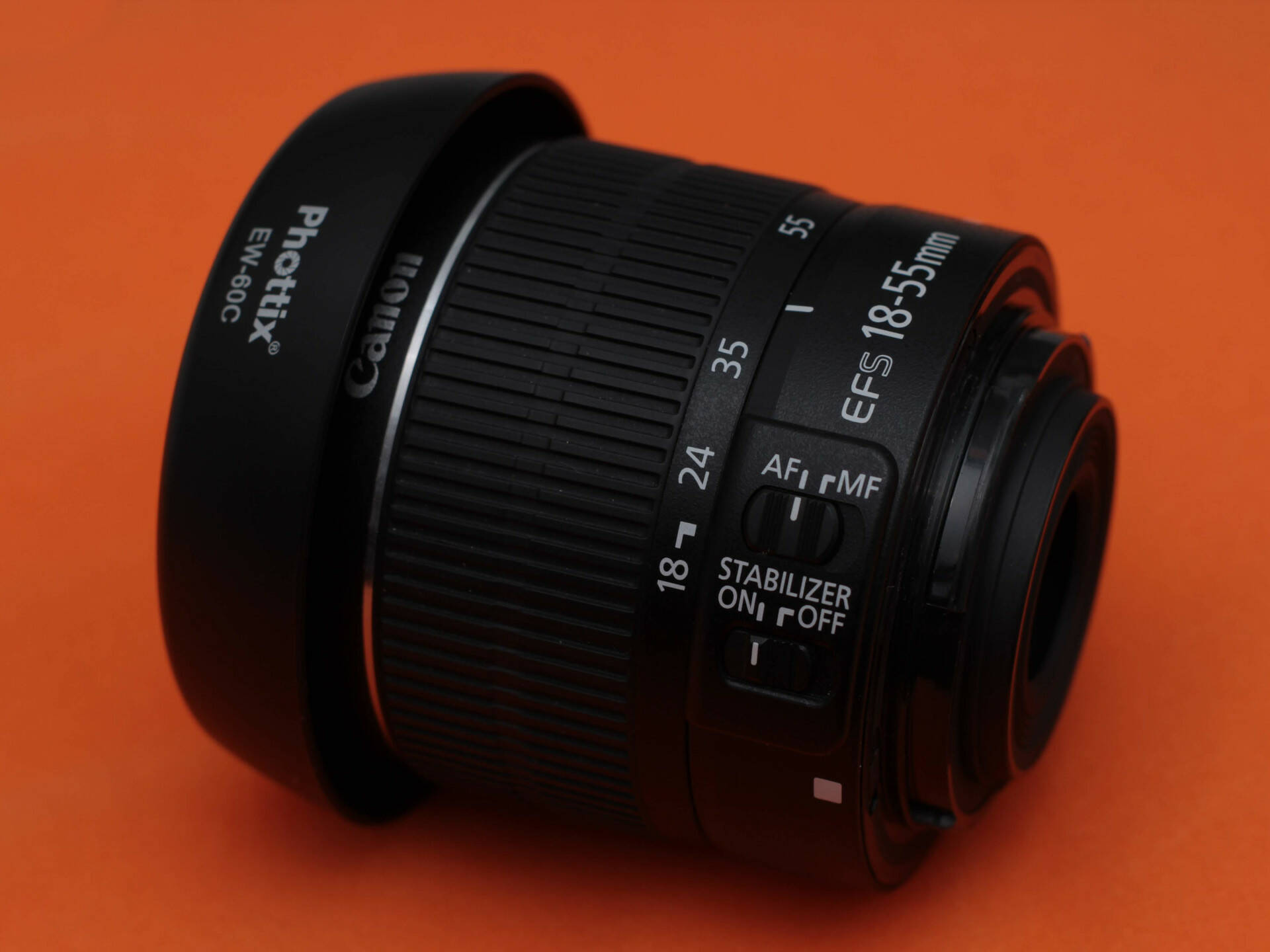
It was with the Canon 18-55 f3.5-5.6 that I took my first photos, as the Milky Way or Orion constellation, and with which I learned which focal lengths I could cover more or less area of the sky, how to focus in the dark, select the correct exposure settings for each case, etc.
The photo is actually from the stock lens on the Canon 1300D (Canon 18-55 f3.5-5.6 IS), which comes with an image stabilizer. BEWARE, the image stabilizer in astrophotography is not going to help us. On the contrary, it will cause the stars to move to do all kinds of strange effects in our photos.
I also learned that the larger the focal length, the less time I have to be able to take photos of the sky without the stars looking like small stripes instead of dots, that you have to deactivate the automatic focus because if you don't you will have to refocus manually, and other endless things that you are learning by trial and error.
The telephoto lens
The next step was to increase the focal length enough to be able to capture "smaller" objects, so I started looking for canon lenses for long distances, or better called telephoto lenses. After having looked at some reviews, I bought a Canon EF 75-300 f4.5-5.6. Another zoom lens, but with a fairly long focal length.
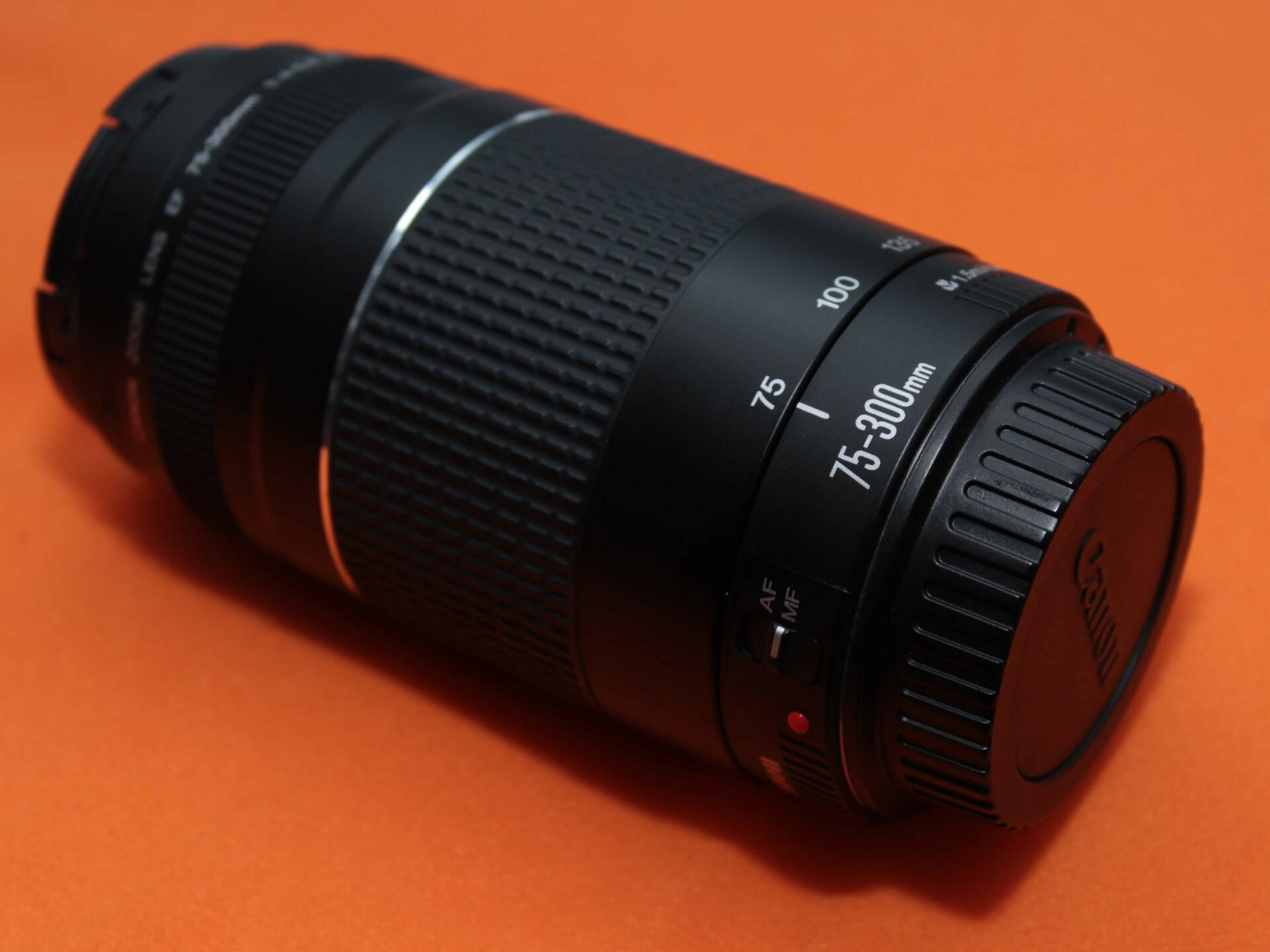
The lens is quite acceptable for its price in daytime photography, but it turned out to be a bit disappointing for astrophotography. It is a poorly luminous lens, and although it is not bad at all for that focal length, it generates internal reflections and refractions that make the stars not look sharp, and therefore, the images look quite blurry. As if it were misfocused.
Even so, with this telephoto lens I also learned many things, such as the use of diaphragm, the effectiveness ranges of a lens or the so-called sweet spot, and I also took some interesting photos like the one of the 46P/Wirtannen comet.
After some time I adquired a lens that was very impressive for astrophotograpy. The Samyang 135mm f2.0. It is a manual lens, with enough focal length to shoot to a lot of deep space objects and very sharp and luminous. Without any doubt I can recommend this lens.
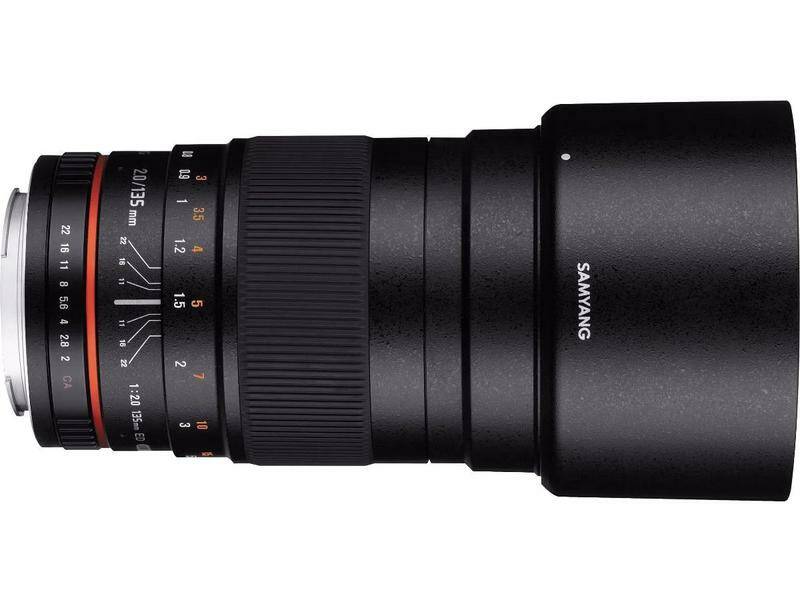
The super fast
Then I got a lens with a shorter focal length and a very small focal ratio. A lens well known to portraitists: The 50mm f1.8.
I had several options: buy the original Canon 50mm f1.8, or buy the Yongnuo 50mm f1.8. A Chinese brand that had received good reviews for its low-cost lenses.
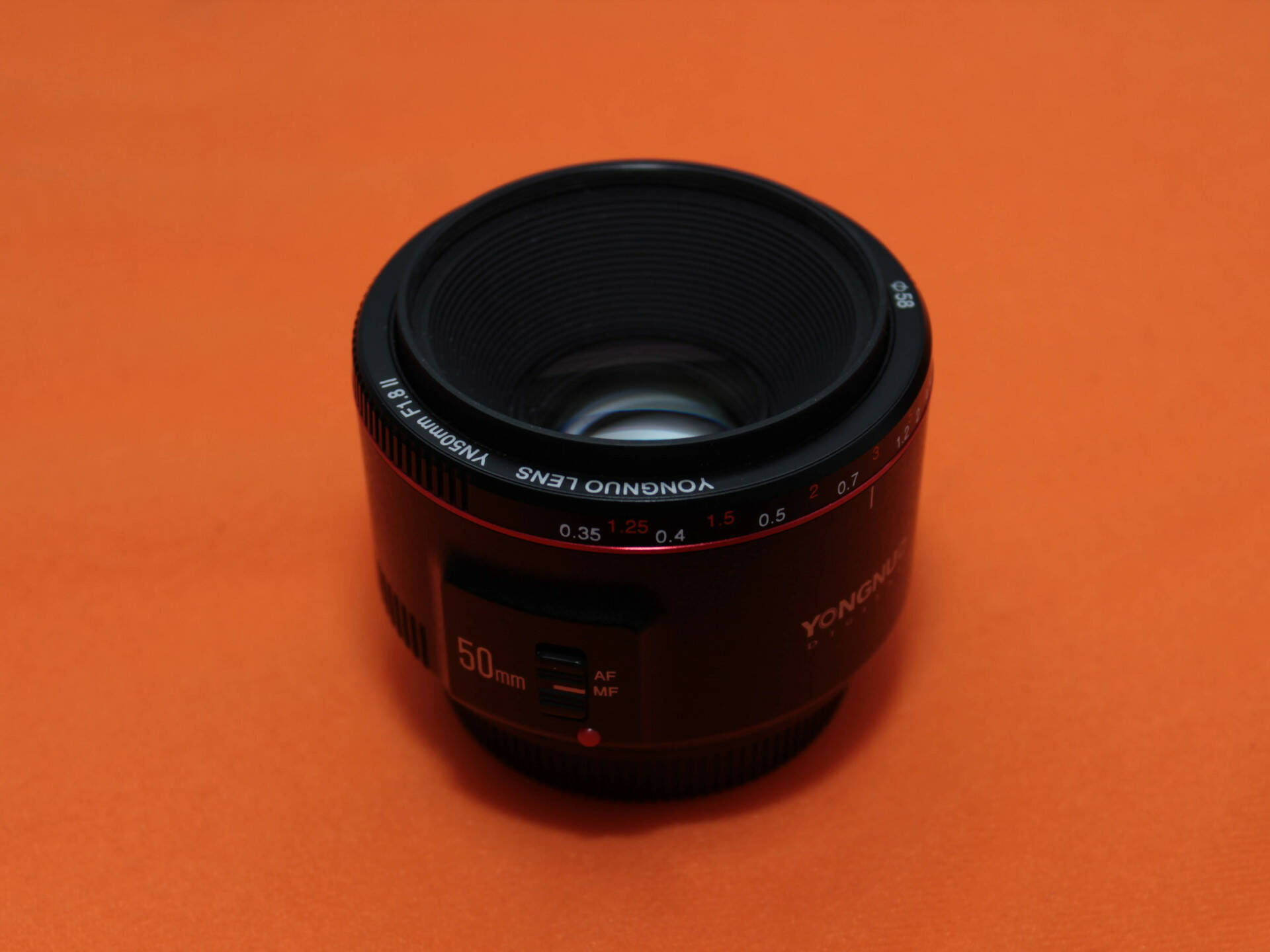
In the end, I settled on the Yongnuo, and I have to admit that removing some coma from the edges of the lens is a very interesting goal. I have taken a few good photos with it. Like this one of the Scorpio head area.
The wide field lens
Wide field lenses are among the most popular lenses for landscape photographers. For astrophotographers they are very attractive as they allow taking large portions of the sky, taking photos of the Milky Way from one side of the field of view to the other.
I had wanted to get a lens of this type for a long time, and in the end I decided to buy a fisheye, which in addition to covering a viewing angle of almost 180º, generates very interesting image distortion effects.
The lens I chose was the Samyang 8mm f3.5 for cropped sensors. A fairly inexpensive lens for wide angle standards and with which I have taken very interesting photos and timelapses.
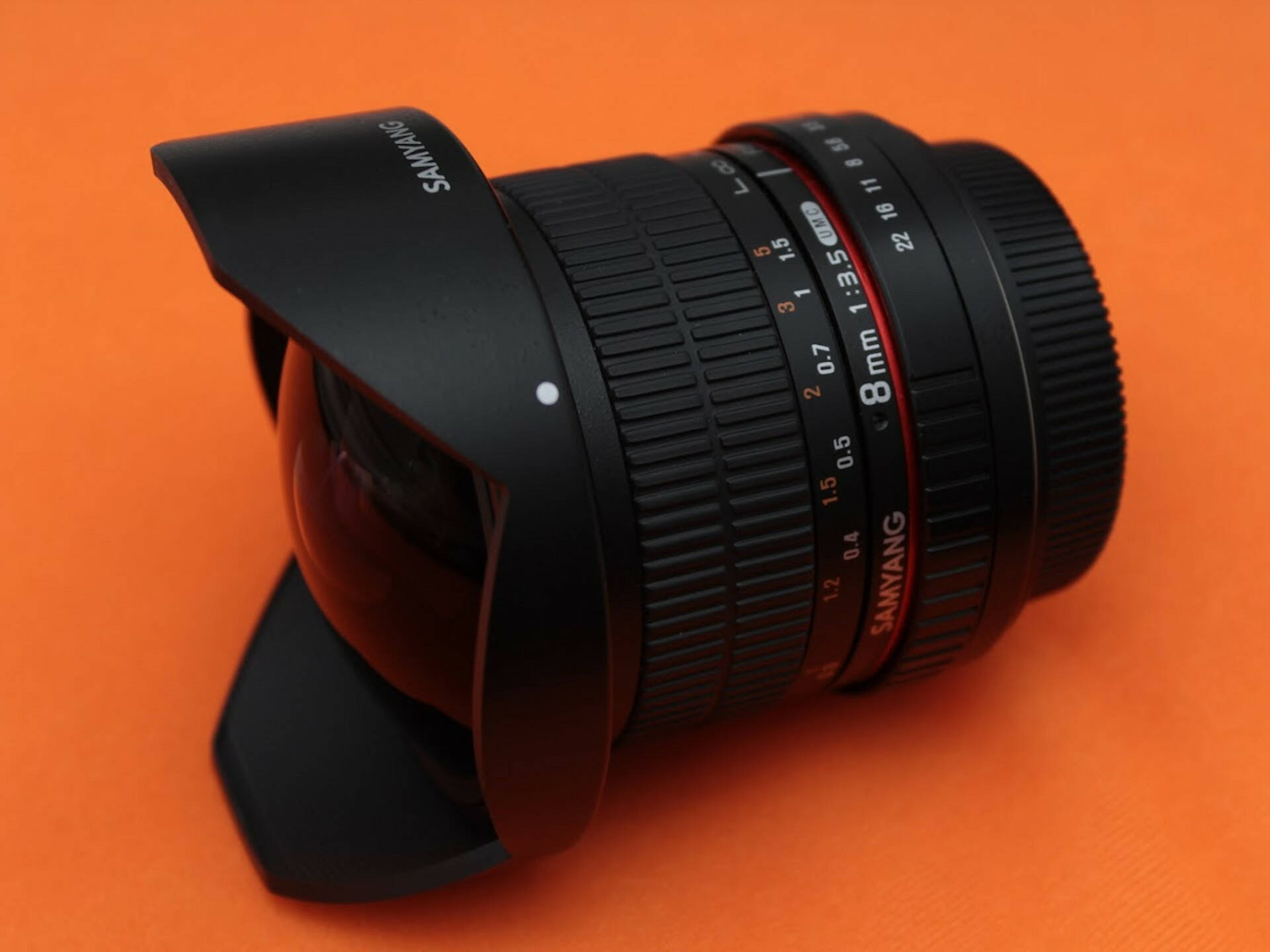
Now, after testing ths lens for a while, if you don't mind losing the Fish eye effect I would recommend the Samyang 14mm f2.8 that has a similar price and it is more luminous and sharp.
Tips
After having tried all the objectives that I have commented above, my recommendations when choosing an objective are the following:
- Start with short focal lengths : As I have already explained, a long focal length implies that any movement of the sky will be very evident in the short field of vision that we will have. Without tracking, long focal lengths are not useful as we do not have time to capture the necessary light before movement is noticed.
- Decide your goals based on your goals : Yes, it is redundant, but I mean you choose what goals you are going to get based on the types of photos you want to get. A target to remove the Milky Way is not the same as a target to remove objects from deep space. There are many tools to see what field you get with a specific lens and camera. For me the best is Stellarium. You can configure the size of the sensor of your camera, the focal length of the lens and check what field you get with it. This way you will have an idea of the focal length you need to photograph the objects you want.
- Look for photos made with the lenses you want to buy : Most astrophotographers post their images on a website called astrobin.com. The good thing about this page is that you can search by type of equipment used, and see what results people around the world get with a specific objective.
- Have a variety of possibilities : Not all lenses serve the same purpose, so if you can afford it, and you like all types of astrophotography, try to cover all possible focal lengths to have the best options.
- Get a mount so you can track : I'll explain this in the mount article, but in order to jump to longer focal lengths, you need tracking or you won't be able to take any useful photos.
Comments
If you have any questions or have information you want to share about astrophotography lenses, contact me through my twitter account. Thanks for the support to the colleagues who have helped me by contributing their point of view for this article. Among them Víctor R. Ruíz, Cristo Bolaños and Luis Salas.
